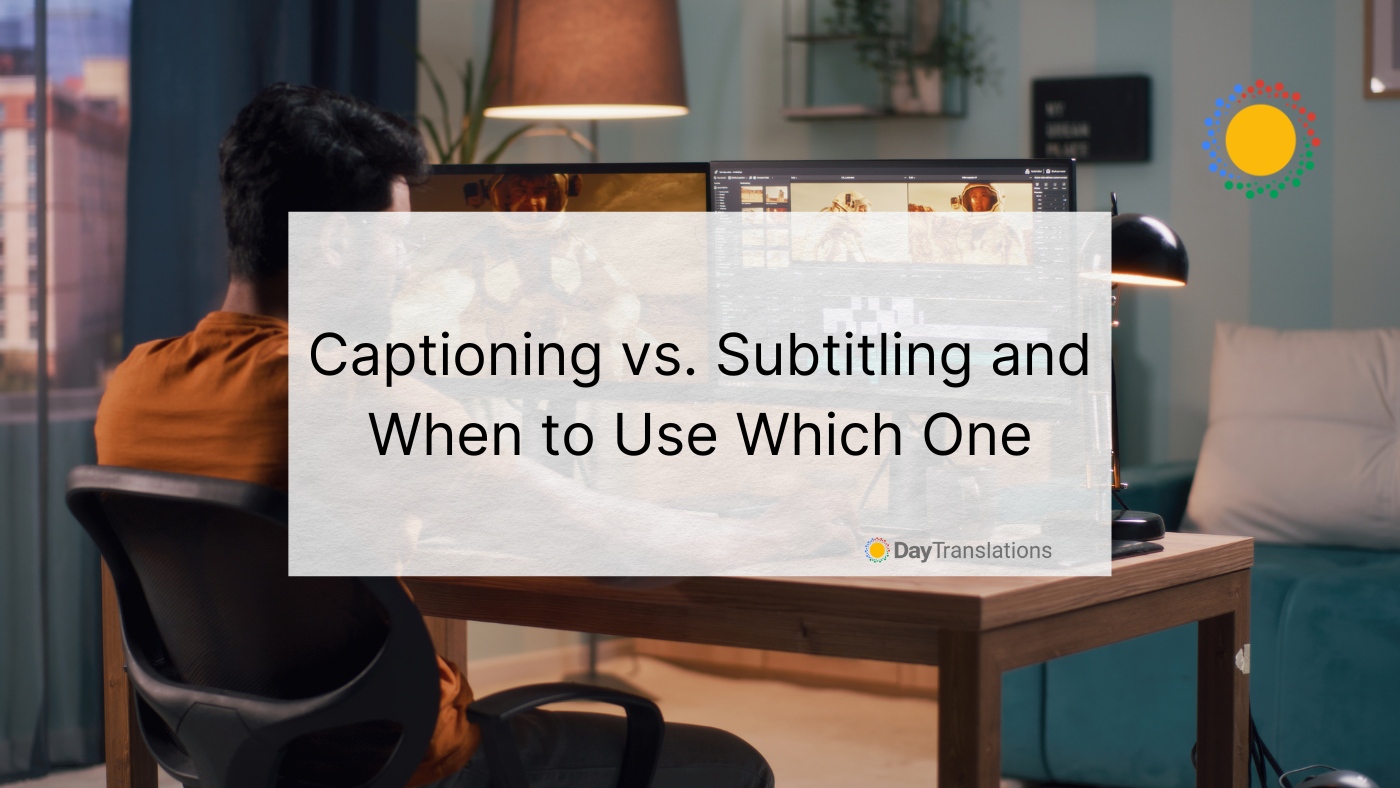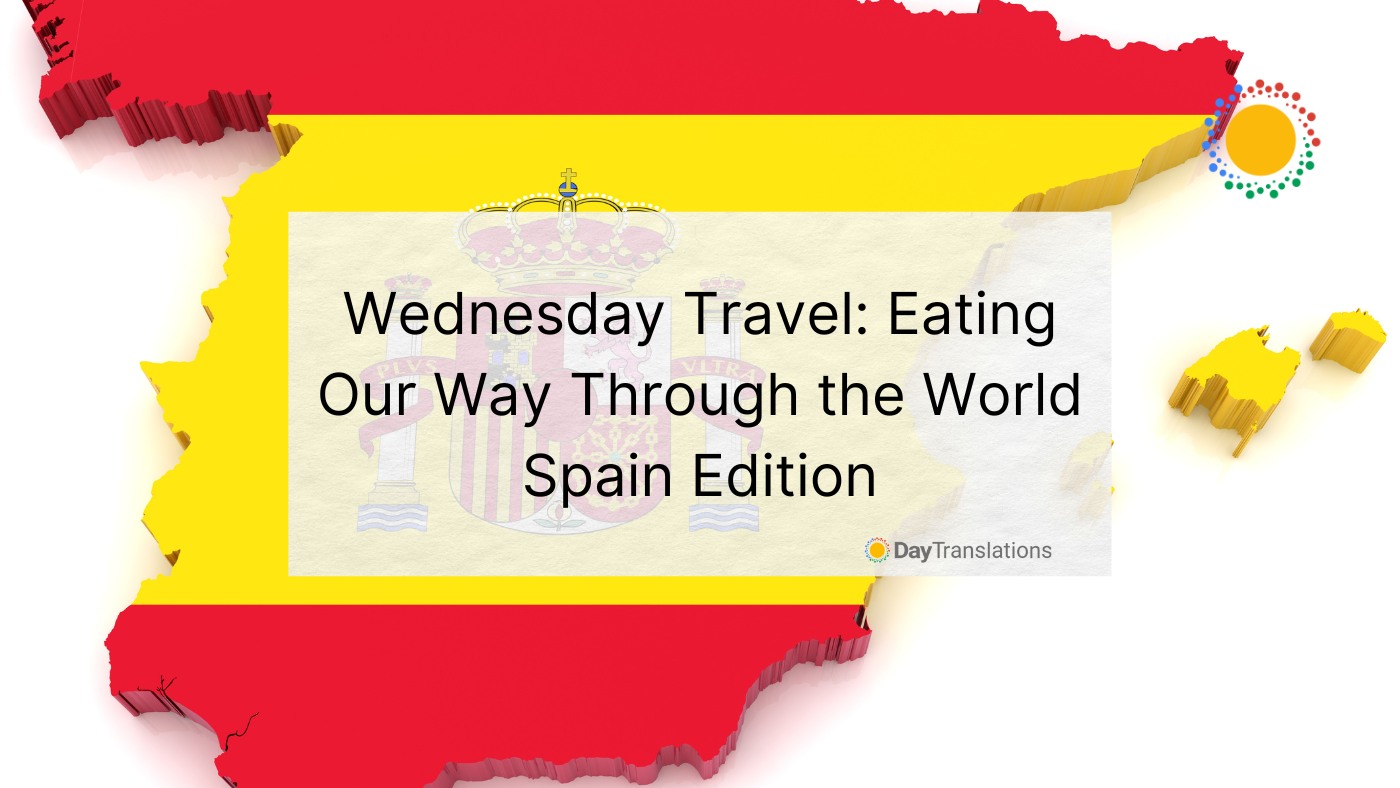Many people tend to use the terms subtitling and captioning interchangeably when referring to the words that appear on the screen of a video, but these two aren’t synonymous. In fact, they’re pretty different from each other and are used for very different purposes.
What is Captioning?
Captions were introduced in the early 1970s to cater to the deaf and hard of hearing television audience. By 1980, captions were mandated for broadcast television in the United States.
Back then, captions were part of the video content and couldn’t be turned on or off. This is what we call open captions. But soon after, closed captions were developed that allowed viewers to turn captions on and off at will.
Captions focus on ensuring that the viewer understands all the audio in the video, not just spoken language. Some non-speech sounds are critical elements of video content and are shown in brackets.
What Is Subtitling?
In the 1930s, when silent film transitioned into film featuring spoken audio, subtitling was born. Subtitles accommodate foreign audiences that don’t understand the language in video content, so it’s essentially an on-screen translation of spoken audio.
Unlike captioning, subtitling isn’t sufficient to cater to deaf and hard of hearing audiences because they don’t include non-speech sounds to provide an all-encompassing viewing experience for people that cannot hear.
When to Use Captioning and Subtitling
Captions might ensure accessibility of video content, but they’re used for more than just catering to deaf and hard of hearing audiences. They also allow viewers to follow a story if they’re in a sound-sensitive environment, like a hospital. Captioning also enables viewers to understand video content on social media news feeds that play videos on silent by default.
Subtitles make video available to viewers that might not understand the language used in the video. Thanks to globalization, the use of subtitling has increased considerably, with many producers capitalizing on opportunities that come to light when content is made available in more than one language.
Both captioning and subtitling are invaluable tools for expanding your brand’s reach, viewer engagement, and content retention. With captions, you have the opportunity to reach audiences you might not have been able to reach due to hearing impairment.
Subtitles, on the other hand, open up doors of opportunity for video content to be distributed globally instead of locally.
Ready to Start Using Captioning and Subtitling?
When you use both captioning and subtitling, you’ll also have an opportunity to boost your viewer engagement. Did you know that videos with captions and subtitles benefit from an 80% increase in viewing than videos without either of them? Videos that feature captioning alone also enjoy 40% more views than those without captions.
With all that added engagement, you can’t overlook the apparent SEO benefits. Search engines love quality content. By using captioning and subtitling, your video content will get more likes, shares, and comments, all of which will signal search engines that you’re creating excellent quality content.
Closed caption subtitling serves as the text version of your video content, and that’s what SERPs use to crawl the content of your videos. Your subtitles help make your videos easier to discover and rank, and with a global market at your fingertips, you can’t avoid missing out on this opportunity.
Here at Day Translations, we specialize in captioning and subtitling and help give your video content the text voice it needs to stand out from the crowd. Get in touch with our team of experts today to learn more about our range of services and how we can help you get heard on the global stage!












Sorry, the comment form is closed at this time.